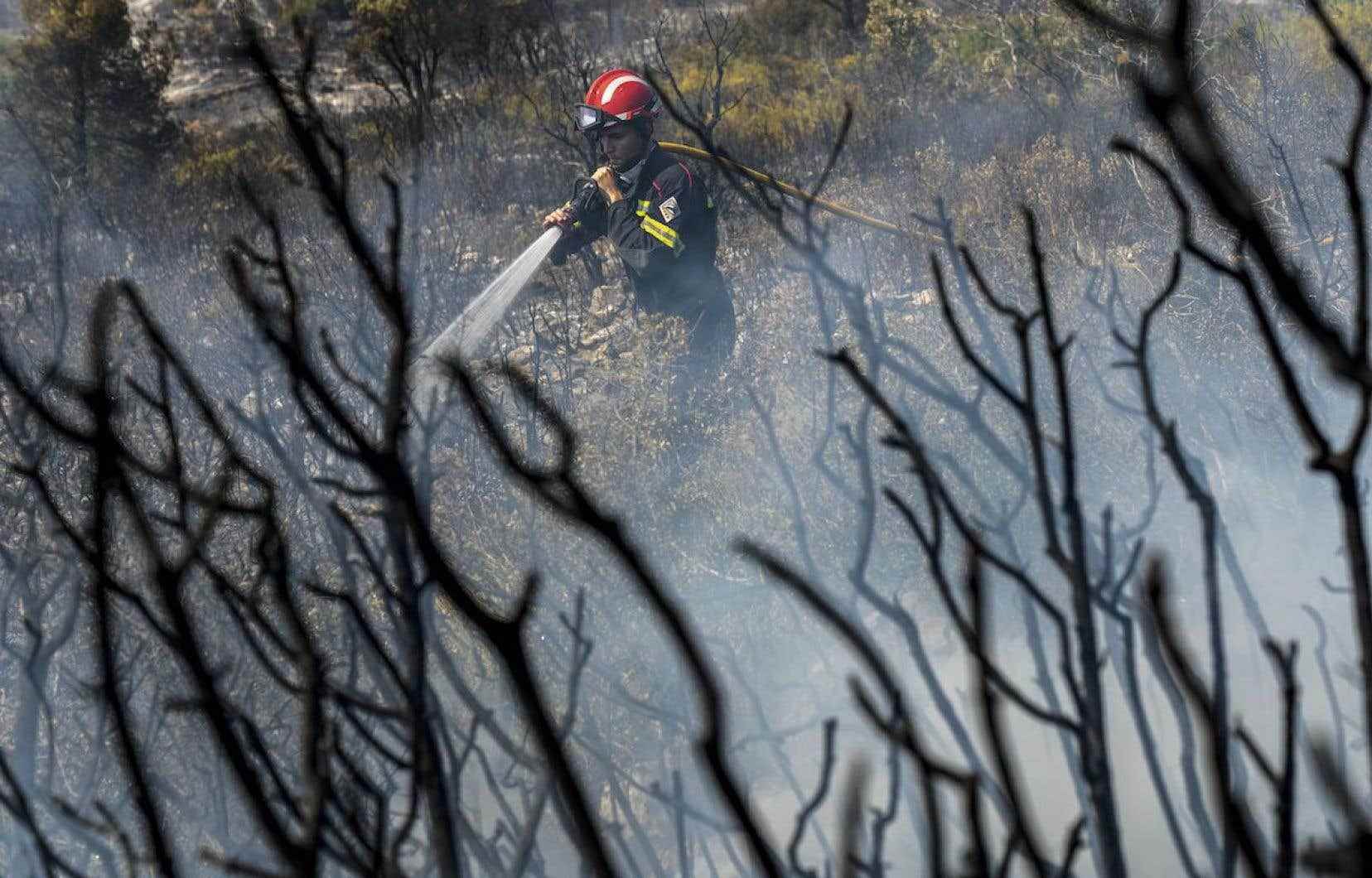Quebec forest fire stations are very quiet this summer. Quebec enjoys a beautiful season during which there are very few large forest fires. It is rather Europe which tastes it this year, with a calcined surface which is heading towards a record.
Quebec is lucky. Barely some 235 hectares of forest, or 2.35 km2, burned here this year. Its temperate climate will partially protect it from forest fires in the years to come, but it will not be spared. Inexorable global warming and consequent droughts will increase “significantly […] the number of fires and the area burned annually”, especially in the second half of the 21st century, warns a report from Ouranos.
But already, the data indicates that the areas burned each year have doubled in the country since the beginning of the 1970s. “In the American West, it has quadrupled. It could catch up with us, ”observes for Le Devoir the professor specializing in forest fires at Thompson Rivers University, Mike Flannigan.
The sawtooth graph is explained by the fact that “3% of fires burn 97% of the area”, according to the Canadian authority in the field. “It is really the big fires that are responsible for the catastrophic situations. »
In Canada as in Quebec, the number of fires has been decreasing for several years thanks to the means of prevention. “Humans are responsible for half of the fires. Banning campfires works. Barring access to forests works even better, even if people don’t like it,” points out Mike Flannigan.
In the United States too, the weather is helping firefighters this year.
This respite is likely to be short-lived. The trend indicates that global warming will warm and dry springs and autumns, lengthening wildfire seasons. The fire season there is on average two and a half months longer than during the 1970s. In Quebec, this hot season is expected to lengthen by a month by the end of this century.
In Europe, the situation is particularly difficult this year. Spain, France, Italy, Portugal, Romania… more than 700,000 hectares have been ravaged so far in the European Union. If the trend continues, the previous record set in 2017 should be broken by the end of the year, according to data that began to be compiled in 2006.
Solutions exist, notes however Mike Flannigan. Increased monitoring of fires helps prevent large, particularly destructive fires. When the conditions are met for such a disaster to occur (heat, drought, winds), the authorities must intervene quickly at the slightest spark. “If we miss this window of 15 to 20 minutes to put out the beginning of a forest fire, we have serious problems. »
